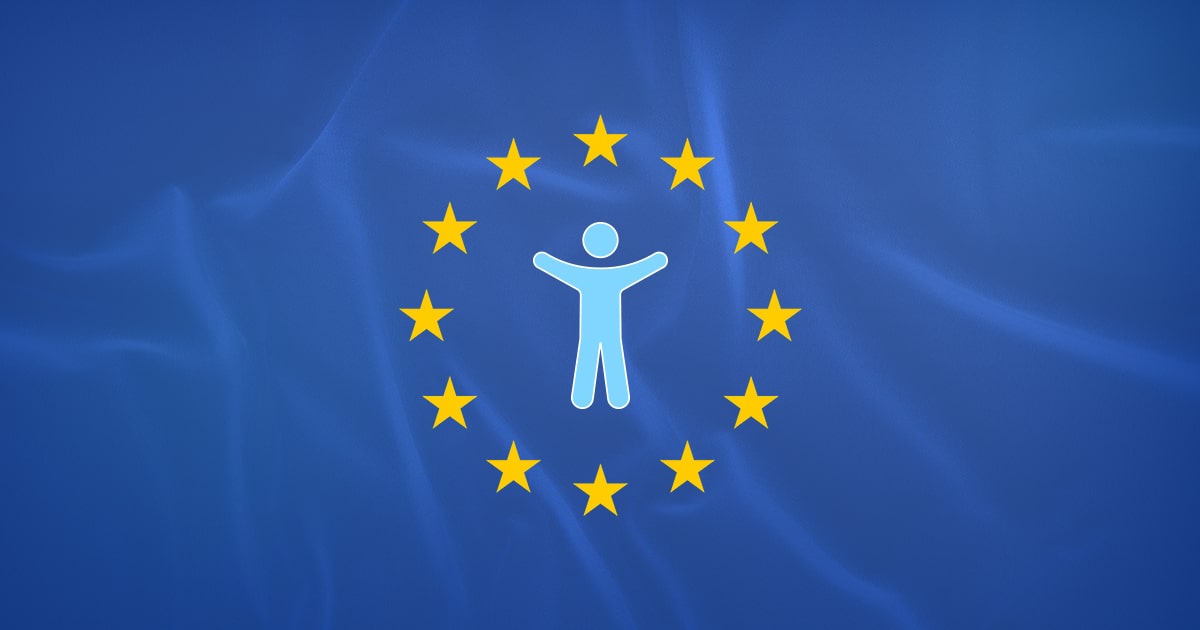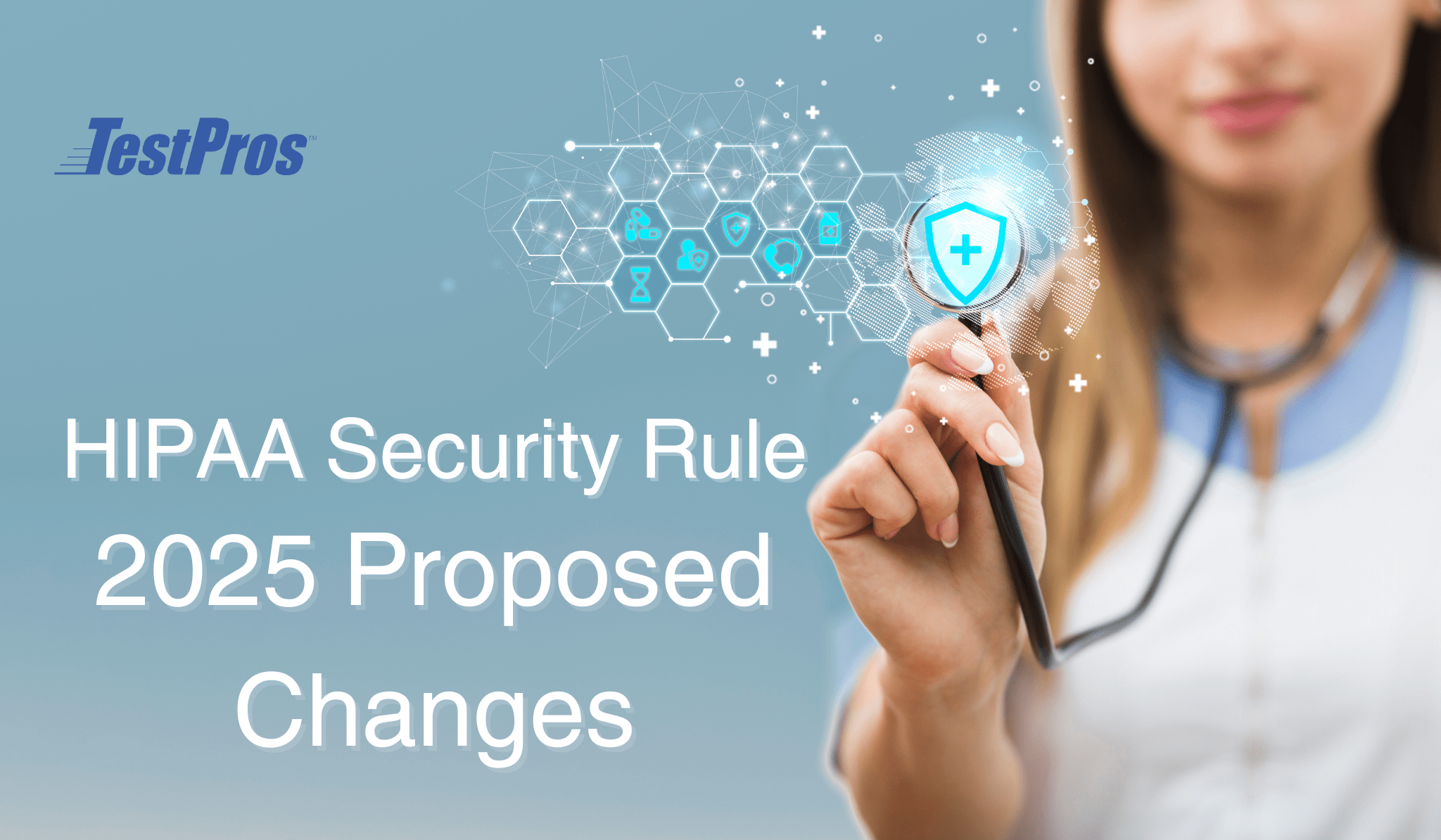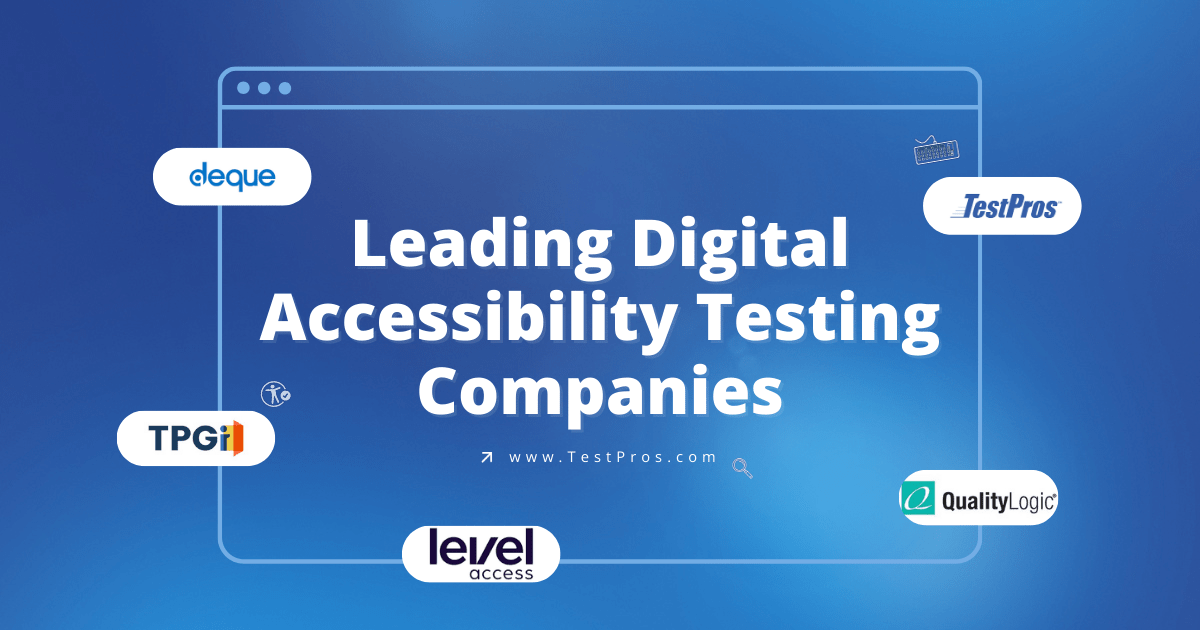The rapidly advancing field of artificial intelligence is now coming under heavy scrutiny and growing regulation, specifically when it comes to standards for testing AI systems. It has, therefore, become obvious that as organizations and government agencies roll out ever more AI-driven solutions, standardized testing has to be developed to guarantee fairness, safety, security, and transparency.
This post provides an introduction to the new law in standardizing testing of AI systems and discusses its broader implications. We will also reflect on how those standards could impact current AI testing practices and the things an organization can do to prepare for that future.
Overview of the New Legislation
A big legislative push right now is coming from Sen. John Hickenlooper D-Colo., wanting to bring some standardization to AI testing. The bill sets out some standard rules for the testing of AI systems, with a clear focus on fairness and safety at its core. The National Institute of Standards and Technology (NIST) and numerous federal agencies are leading the initiative in advancing and applying these standards. The outlines of the “Validation and Evaluation for Trustworthy Artificial Intelligence Act” are:
Ensuring Fairness: Standards aim to rule out biases in AI systems and ensure all users are treated fairly and equitably.
Ensuring Safety: The law helps make sure that the risk from using AI is minimized through strict testing protocols, protecting users from possible harm.
Transparency: The bill advocates ensuring the testing process of AI is transparent enough for stakeholders to grasp the system with simple principles.
As a White House policy document on the new standards makes clear, these new standards are critical: “The Administration is committed to ensuring that AI systems used by federal agencies are secure, trustworthy, and uphold the values of fairness and accountability.”
What This Means for Current AI Testing Practices
This one move to standardize testing protocols will change the face of AI testing as we know it today. Several ways that this will have an impact include:
- Rigorous Testing Procedures:
- Expanded Test Coverage: The testers have to do a more extensive evaluation of the various situations and probable biases.
- Increased Documentation: This will mean developing greater detail in the documentation for the testing process and results, making the testing very transparent.
- Bias Mitigation
- Bias Identification and Correction: A test will be required to identify and redress AI algorithmic biases to ensure fairness during AI-drive decision-making.
- Diverse Testing Sets: The use of many diverse, unique, and representative datasets will make a significant contribution to reducing bias and obtaining fair results.
- Safety Protocols
- Comprehensive Risk Assessment: AI systems will be examined for safety problems and security vulnerabilities.
- Continuous Monitoring: AI systems should be continually monitored to identify and remedy emerging risks.
- One example is the recent release of NIST’s AI Risk Management Framework, which provides guidelines on how organizations can manage AI-related risks. These are guidelines that predominantly focus on a continuous monitoring initiative and the assessment of associated risks during the routine operation of AI applications.
- Transparency and Accountability:
- Reporting of Results: Testers should report based on some standard rules, which stakeholders will judge in the performance of AI.
- Stakeholder Engagement: Engage all stakeholders, from end-users and regulators to industry experts, to create trust and provide total transparency.
Compliance with AI Testing Requirements
One of the most important implications of the new legislation is that organizations have to ensure compliance with requirements for AI testing. This means that developing and testing AI should follow the new standards applicable to organizations acting with federal bodies. This is where TestPros specializes in services to help organizations work within these complicated provisions. We offer:
- Elaborate Testing: Carry out thorough AI systems’ assessments, ensuring that the required standards of fairness, safety, and transparency are met.
- Consultancy: Provide expert consultancy on the process and maintenance of compliance with AI testing standards.
- Training and Support: Evaluate your training programs to empower your people with the best possible skills to comply with new regulations and best practices in AI testing.
Preparing for the Future
As AI landscapes evolve, organizations need to stay ahead of the curve of regulatory development and adjust their testing practices. Here are some of the steps that organizations might take as they prepare for standards coming their way:
- Stay Up to Date: Keep up with new AI legislation and testing standards. Regularly review information from NIST and other regulatory bodies for updates. For example, the AI Research Innovation and Accountability Act outlines advancements and requirements necessary for the future of AI model testing.
- Invest in Training: Ensure your team is well prepared to implement the new test standards by investing in the required skills and knowledge. Consider investment in training programs and certifications.
- Adopt Best Practices: Ensure that best practices on fairness, safety, and transparency are integrated into your AI testing processes. Draw on relevant industry frameworks and guidelines to improve your testing protocols.
- Engage with Experts: Engage with experts in the field, fellow researchers, and regulatory bodies to remain updated and share insights into best practices around the testing of AI.
Moving Forward with Confidence
Standardization of testing AI through protocols is significant progress in developing AI technology. There will be no better way to prepare companies for building fair, safe, and transparent AI systems than to learn what these new standards are and start implementing them. Our leadership in TestPros will be vital in realizing how AI testing should be conducted and building trust with AI-driven solutions.
Stay in the know and be receptive to what changes are coming. Let us ensure a shift into a new, fairer, and safer AI landscape, where artificial intelligent technologies will serve the best interests of all users.
Contact TestPros today to learn how we can assist your organization in preparing for the next set of AI testing standards and leading the way in the ethical and secure deployment of AI.



